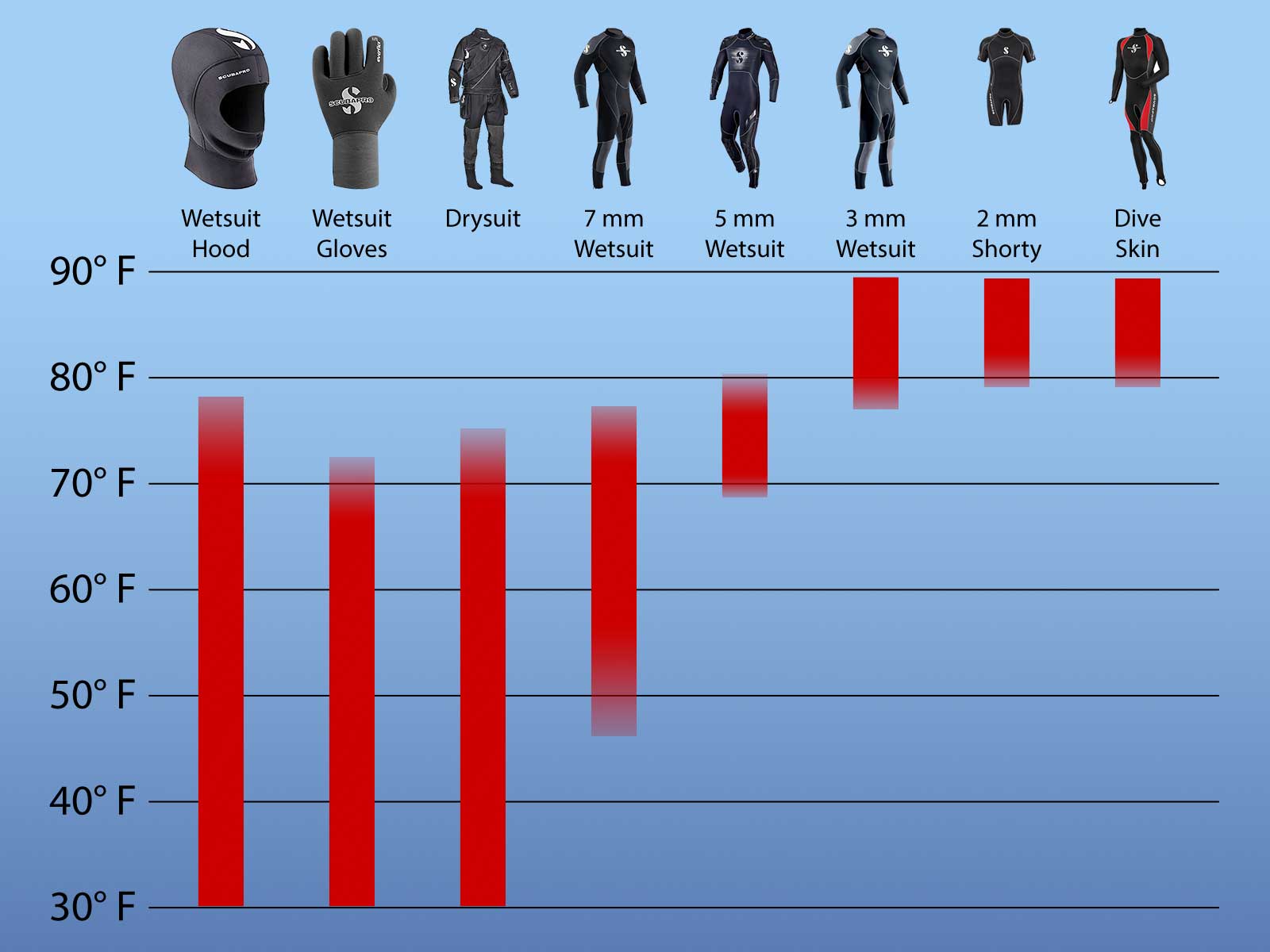Hoods

Purpose
Wearing a hood is mainly for thermal purposes. Reducing the heat that escapes from your head while scuba diving or snorkeling will help keep your whole body warm, just the same way that a toque keeps you warmer on a cold winter day.
Features
Style
Hoods come in a variety of styles, but the two most popular are bibbed and bibbless. A bibbed hood will have a piece of neoprene that extends below the chin and down your chest and back. This is to allow you to tuck the bib underneath your wetsuit to reduce water from flowing through the hood and wetsuit and keep you warmer. A bibbless hood is usually worn with a drysuit where tucking inside the drysuit is not an option.
Other types of head cover include a thin beanie or a neoprene skull cap (scap) for warmer water.
Material
Hoods are made with neoprene and a good quality stretchy material is always better for getting the hood on and off your head.
Thickness
Hoods range from thin, tropical neoprene to thick, 7mm neoprene. For Canadian, cold water diving, you should wear at least 7mm thickness and up to 10mm thickness.

Care & Maintenance
Daily cleaning care will help prevent most of the funky smells to start with. At the end of each day rinse your hood inside and out with fresh water. Hang your hood inside out to dry the inside first, then turn to dry the outside thoroughly. Hang the hood on an accessory hanger.
After a dive trip or a few days of diving, you may find the hood start to take on a funky odour. Use wetsuit shampoo to soak your neoprene gear and clean the salt, chlorine, and smell from the gloves and hood.


